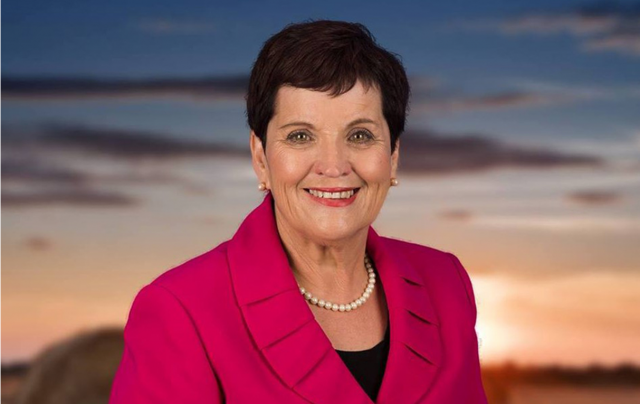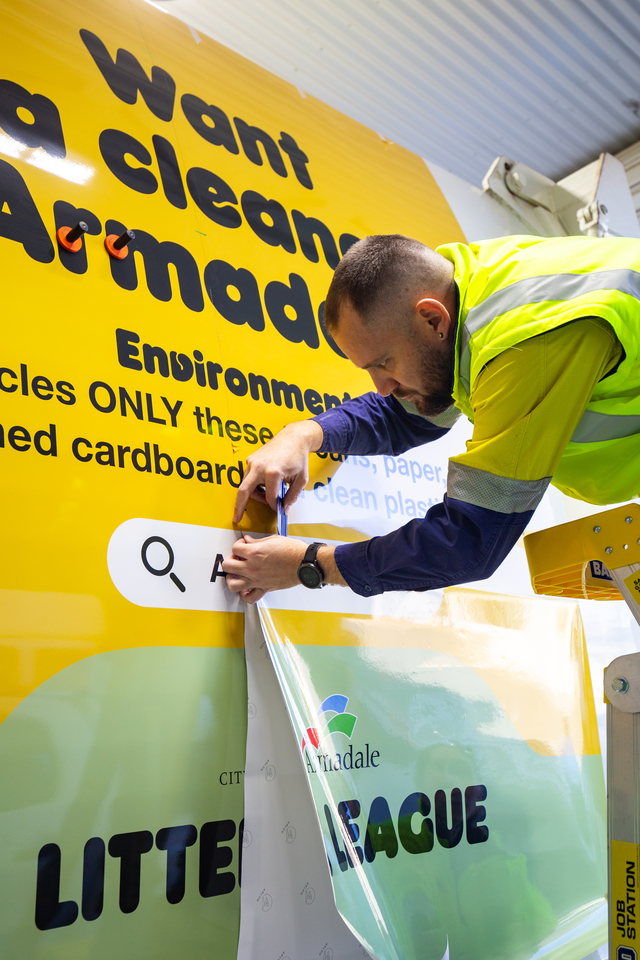The financial sustainability of councils in NSW is again under threat, after the state’s Independent Pricing and Regulatory Tribunal (IPART) handed down a historic low-rate peg of 0.7 per cent.
It’s the lowest rate cap in two decades, and comes as a devastating blow to councils already struggling to recover from droughts, bushfires, floods and the Covid pandemic.
The rate peg is based on the costs of goods during last year’s pandemic-induced slump, and fails to recognise surging inflation, the skyrocketing cost of fuel and other commodities and a 2 per cent mandated wage rise to council workers for 2022. The estimated revenue shortfall as a result of the determination is estimated at a total of around $100 million.
NSW Councils are currently scrambling to recast their budgets, and it is hard to see how they will be able to avoid cuts to spending on local roads, parks, pools, libraries and other community services. Planned work intended to drive a locally-led recovery from COVID may now simply be out of financial reach.
Jobs could also be at risk, and with councils often the major employer in our regions and rural areas, the battle is on to avoid further damaging local regional and rural economies which are only just emerging from the impacts of the pandemic. Councils and communities impacted by the ongoing flood crisis will be particularly hard hit at a time when they need every ounce of courage and support to help them get back on their feet.
It is no surprise that Local Government NSW’s member councils resolved unanimously to call for an urgent review of the rate peg at our Special Conference earlier this month. The successful motion also called for State Government action to ensure no council is financially disadvantaged by this shock determination.
One thing is for certain – the 0.7








